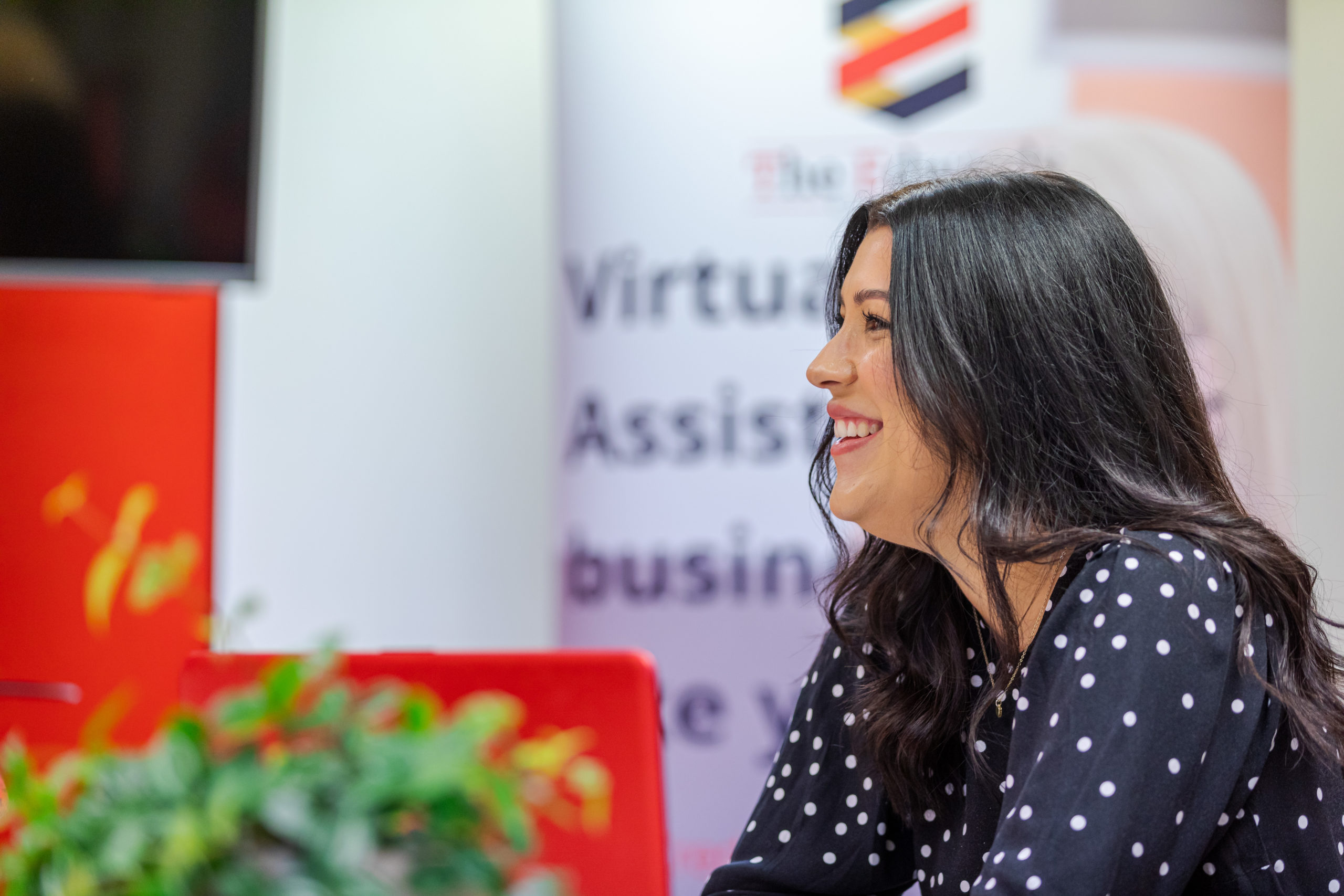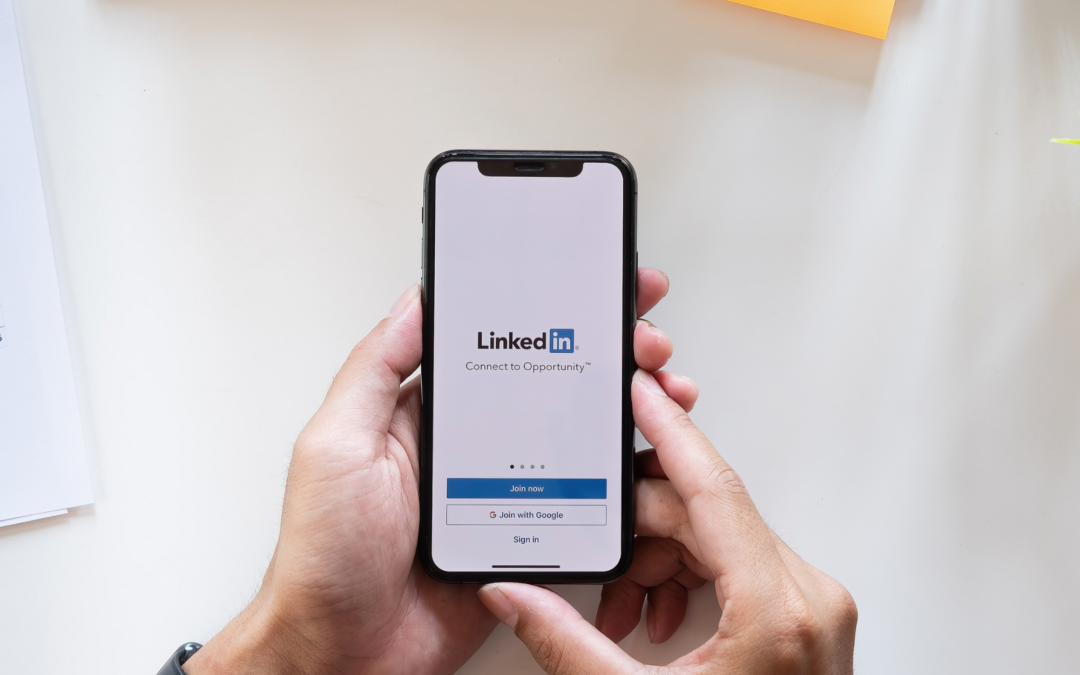There are business pages vs personal pages to choose from, the ever-changing algorithm to consider and posting to get leads vs posting to make connections to debate over. All in all, there’s a lot to think about when it comes to LinkedIn.
However, since LinkedIn generates more business leads than both Facebook and Twitter put together, it’s important to get to grips with how it works so you can make the most of the opportunities it can provide for your business.
Let’s start at the very beginning (always a good place to start, if you ask us!)
Choosing your Page
LinkedIn gives you the choice of creating one of two pages. Either a business page or a personal page. When you want to generate more leads for your business, the common-sense part of your brain goes *ping* business page, obviously! And for the most part, you’re right! But because LinkedIn is all about connecting like-minded humans, it’s not quite that simple.
Let’s look at the difference between a business page and a personal page first. Then we’ll explain.
LinkedIn Business Pages
These pages act as showcase pages for your business. You’ll create posts advertising your products or services, and you’ll also populate your feed with helpful advice, top tips and guidance specific to your industry. You might even throw in the odd behind-the-scenes post for good measure.
These pages are great for showing people what you do, and it’ll give your target customers a clear idea of what your business is all about.
However, LinkedIn doesn’t LOVE business pages. In fact, it deems them to be a bit robotic and reach is sometimes limited because of this. You’ll often find that business pages don’t see anywhere near as much engagement as personal pages do, which, again, comes back to that connecting humans with humans thing.
Enter, personal pages!
LinkedIn Personal Pages
Think of LinkedIn personal pages as being similar to your Facebook profile, only slightly more professional. Personal pages are designed to allow your target audience to get to know YOU, the person behind your business, rather than the business itself.
LinkedIn likes to push the idea that people invest in people. If they trust the person behind the business and their values align, they’re much more likely to invest in what is being offered. This is why personal pages see so much more engagement!
The type of content you post on your personal page is entirely up to you. Anecdotes and pictures of cute dogs are always popular, similarly to Facebook. But there is one key difference. Even personal pages and posts are related back to business in one way or another. Your topics should still be business or industry-focused, just from a more personal perspective.
So, it’s our recommendation that instead of choosing one LinkedIn page to set up, you choose both! Showcase your business in a professional way on your business page, and chat about all things business in a more personal, human way on your personal page.

Building your Personal Brand
Now that you’ve established where your content is going to be published, it’s time to think about how to make it stand out from the content of the other 690 million LinkedIn users (not as scary as it sounds, we promise!)
Building your personal brand is relatively easy when you think about what it actually is. It’s you. Everything that makes you unique as a person feeds into your business and makes it different from all the rest.
Our top tip for building your personal brand is to write down everything that makes you, you. Are you incredibly passionate about a particular subject? Is there something that you particularly struggle with? Do you love a bit of sarcasm or a well-placed witty remark? Write it down and refer back to it when creating your content.
If you feel you want to tell a funny anecdote complete with several emojis and a hilarious meme, go for it! If you’re chatty and want to get to know your connections, use your LinkedIn content to ask questions and start conversations. The options really are endless.
The most important thing here is consistency. Once you’ve determined the unique elements you want to inject into your content, stick with them, and your content will be easily recognised as being your brand. Have you used an emoji at the start of your last three posts? Use one at the start of every post from now on! Your content will become familiar to your network, and they’ll begin to trust what it is you have to say.
Remember, the more well-established your personal brand is on your personal page, the more chance you’ve got of people clicking through to your business page.
Making Connections
Once you’ve got into a good flow with posting and your personal brand has been established, it’s time to lock in the most important feature of all – making connections.
Building a valuable network of like-minded people is what will provide you with the most opportunity for success on LinkedIn. Now, that doesn’t mean connecting with anyone and everyone you come across. Too many connections spoils the broth, as they say (they don’t say, but you know what we mean).
Instead, choose to connect with a small number of people you want to get to know. Start out with 50 – they may be in the same industry as you or completely different industries but with similar values. You may just like their content. Once you’re connected, your focus is getting to know them. Comment on their posts in an engaging way, be genuinely interested in what it is they’re saying and offer advice should they ask for it. They’ll likely start doing the same for you. This allows you to start building a community and, even if those people aren’t looking for a service or product you provide, someone they know might be. Building trust with your network increases your chance of referrals which, in turn, increases your chance of getting a lead (or two!)
Making connections and forming valuable relationships with other LinkedIn users is one of the best ways you can use your LinkedIn platform. So, if you’ve kept quiet on LinkedIn until now, get your chatterbox pants on and start talking – you’ll be amazed at the difference it can make.
The Language of LinkedIn
Now that you’re fluent in the language of LinkedIn, it’s time to get some content created and put it out there for the world (or just your LinkedIn connections – but you never know!) to see.
Remember to focus on the things that make you unique, keep your content consistent, post the right kind of content on the right pages and, most importantly, get connecting.
If you’re not a fan of creating content or simply haven’t got the time to do it regularly, let us know. We create engaging, authentic content, designed to give small businesses the online exposure they deserve. And, to make it simple, we have a range of flexible, affordable packages available for you to choose from.
To chat about content creation and how we can support your business, please do not hesitate to get in touch.
